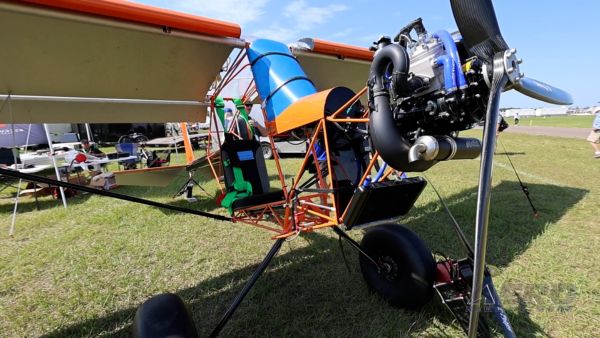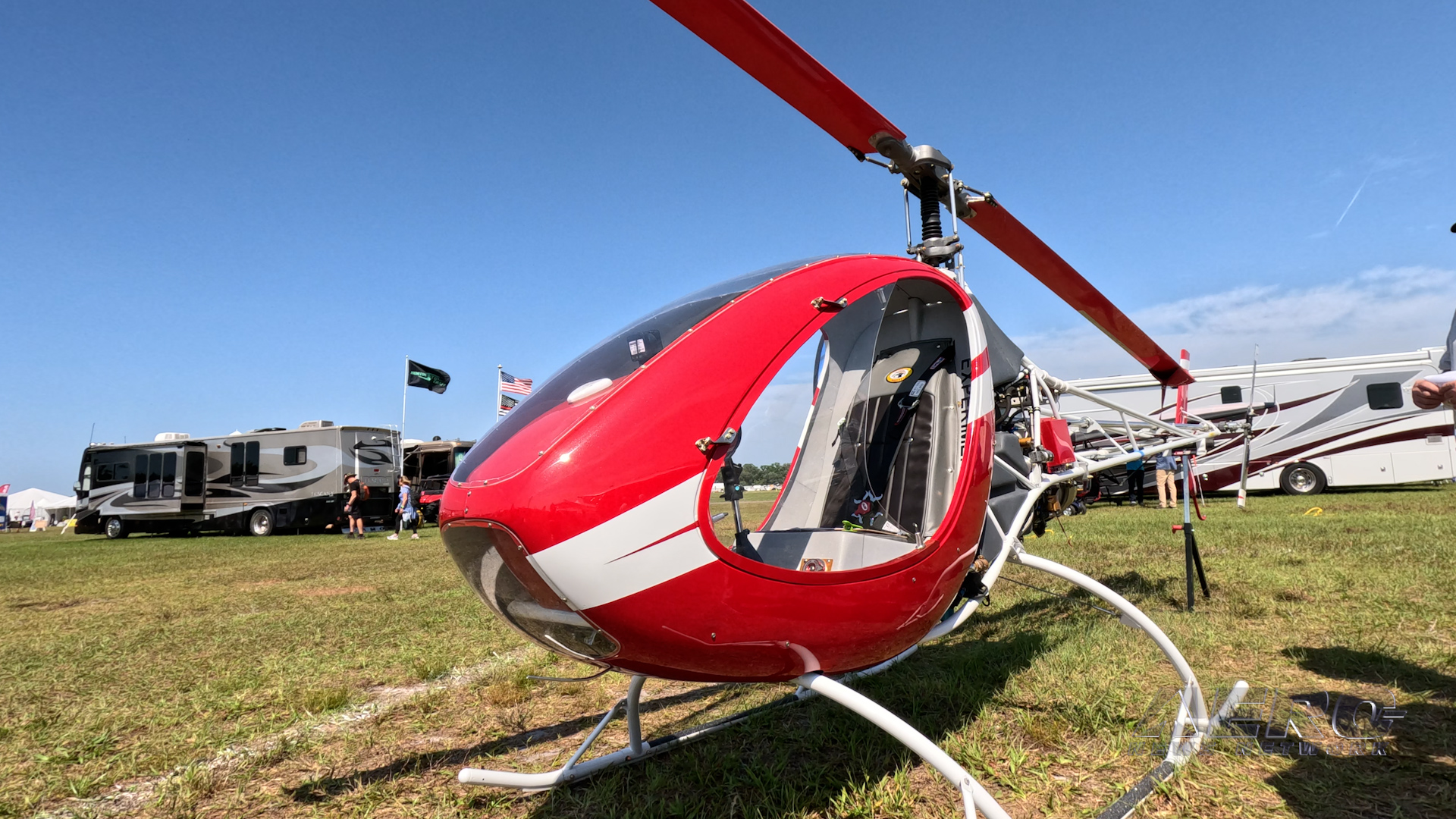Expert: Most People Don't Know Enough To Be Properly
Concerned
 Fear about the safety of the air in
airplane cabins heightens whenever the possibility of a new or
emerging infection, such as SARS or avian (bird) flu, appears in
the headlines. Each new report of an avian flu outbreak raises
questions about whether airplane cabin air can transmit the virus,
which some scientists predict could be the source of the next major
global influenza epidemic.
Fear about the safety of the air in
airplane cabins heightens whenever the possibility of a new or
emerging infection, such as SARS or avian (bird) flu, appears in
the headlines. Each new report of an avian flu outbreak raises
questions about whether airplane cabin air can transmit the virus,
which some scientists predict could be the source of the next major
global influenza epidemic.
"The flying public needs to be armed with the facts and informed
about the risks of cabin air transmission of viruses, bacteria and
fungi that can cause illness," says Joe Lundquist, an airplane air
filtration technology expert at Pall Corporation. A new study
published in Lancet concluded that the risk of transmission of
infectious diseases in airplanes is not as great as people perceive
it to be. The risk is low, even in aircraft that recirculate air,
provided that the airplane is equipped with HEPA (High Efficiency
Particulate Air) filters.
However, Lundquist points out that not all filters used by
aircraft, even some designated HEPA, provide the highest level of
microbial removal efficiency available today. In order to prevent
the dissemination of infectious diseases, the filters must be able
to stop microbes of all shapes and sizes on the first pass before
they can be dispersed throughout the cabin.
Is HEPA Enough?
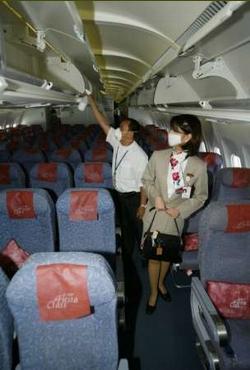 Lundquist said the efficiency
standards for filters classified as HEPA can vary considerably.
These standards, however, are based on chemical challenge tests,
which do not simulate the removal of microorganisms and do not
reflect a filter's true microbial removal efficiency. The most
accurate way to determine whether a filter can remove
microorganisms efficiently, he said, is with bacteria and
viral challenge tests.
Lundquist said the efficiency
standards for filters classified as HEPA can vary considerably.
These standards, however, are based on chemical challenge tests,
which do not simulate the removal of microorganisms and do not
reflect a filter's true microbial removal efficiency. The most
accurate way to determine whether a filter can remove
microorganisms efficiently, he said, is with bacteria and
viral challenge tests.
The reason is because of aerosol physics. Capturing a
microscopic particle within a filter depends upon many interrelated
factors, including particle size, shape, surface-to-mass ratio,
electrical surface charges, surface tension and compressibility.
For example, when a small particle comes into contact with the
filter, whether or not the particle sticks to the surface and is
captured by the filter depends, in part, on the surface chemistry
and the particle overall net charge.
The results can differ significantly from the liquid chemical
challenges used in testing most air filters. The surface chemistry
and shape of bacteria, fungi and viruses (which all have very
complex organic shells) act differently. To ensure accurate
measurement of microbial capture efficiency, cabin air filters must
be tested with a microbial challenge.
Bacterial and viral challenges have shown that Pall cabin air
filters have greater than 99.999% efficiency in bacterial removal
efficiency and greater than 99.9995% in virus removal efficiency.
They can effectively remove bacteria, viruses and fungi from
recirculated air on the first pass, providing airplane
recirculation systems with the microbial equivalent of outside or
fresh air. Tests have shown that the air downstream of Pall cabin
air filters is cleaner than outside air, both on the ground and
during flights.
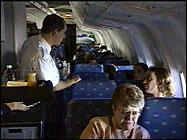 The corona virus that causes SARS
and the avian flu virus are in similar size ranges and parameters
to the microbes used to test the Pall filters, which would imply
comparable efficiencies for their removal from cabin air. In fact,
Pall cabin filters have shown even greater efficiency for even
smaller virus particles.
The corona virus that causes SARS
and the avian flu virus are in similar size ranges and parameters
to the microbes used to test the Pall filters, which would imply
comparable efficiencies for their removal from cabin air. In fact,
Pall cabin filters have shown even greater efficiency for even
smaller virus particles.
"Fortunately for the flying public, most of the world's leading
airlines use Pall filters," says Lundquist. "Our decades of
experience providing filtration products for the pharmaceutical and
health care industries enabled us to develop the technology for
both designing and testing filters for effective protection against
microbes in the air."
The latest state-of-the-art aircraft including the Airbus 380,
which will go into service soon, and the Boeing Dreamliner,
currently in development, are all being equipped with Pall cabin
air filters. Pall is the world's leading designer and manufacturer
of advanced fluid clarification products for the commercial
aviation industry as well as for military aircraft, marine and
mobile equipment. In addition to aircraft cabin air filters, Pall
manufactures a wide range of filters that are used in a variety of
environments to prevent exposure to microorganisms. The Company's
breathing filter is designated by health authorities in many
countries around the globe as the recommended filter to use with
respiratory and ventilation equipment to protect patients and
health care workers in hospitals from SARS.
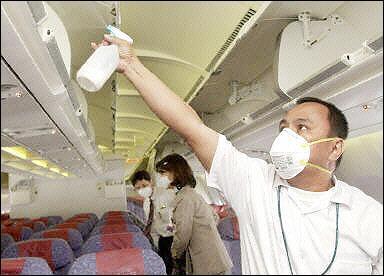
Pall's Advice
Although helpful, Lundquist explains that even state-of-the-art
cabin air filters cannot prevent the possibility of direct
person-to-person transmission within the aircraft cabin. Direct
contact, such as touching common surfaces, sneezing, coughing and
talking with an infected individual on an airplane, can transmit
infections. Proximity to an infected individual increases risk more
than the duration of a flight.
Infectious disease specialists recommend that air travelers
should wash their hands frequently. Lundquist also recommends that
opening the overhead gasper nozzles available on most airplanes to
provide a steady flow of filtered air can help reduce the direct
transmission of microbes from neighboring passengers.
 ANN's Daily Aero-Linx (04.13.24)
ANN's Daily Aero-Linx (04.13.24) ANN's Daily Aero-Term (04.13.24): Beyond Visual Line Of Sight (BVLOS)
ANN's Daily Aero-Term (04.13.24): Beyond Visual Line Of Sight (BVLOS) Airborne 04.09.24: SnF24!, Piper-DeltaHawk!, Fisher Update, Junkers
Airborne 04.09.24: SnF24!, Piper-DeltaHawk!, Fisher Update, Junkers Aero-News: Quote of the Day (04.14.24)
Aero-News: Quote of the Day (04.14.24) ANN's Daily Aero-Term (04.14.24): Maximum Authorized Altitude
ANN's Daily Aero-Term (04.14.24): Maximum Authorized Altitude





